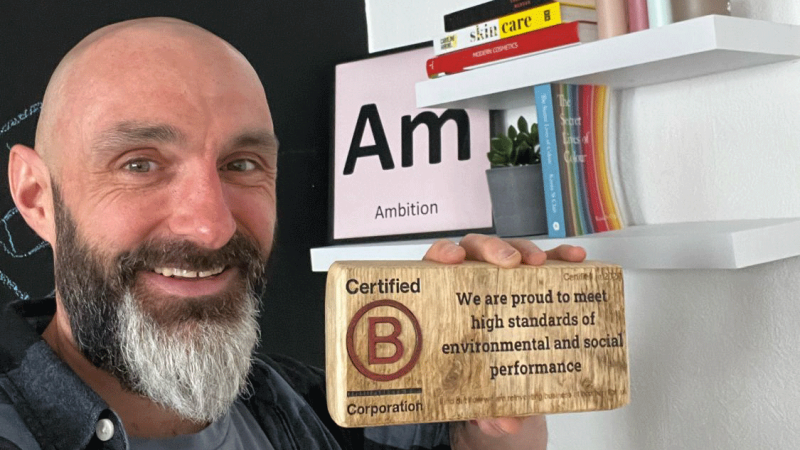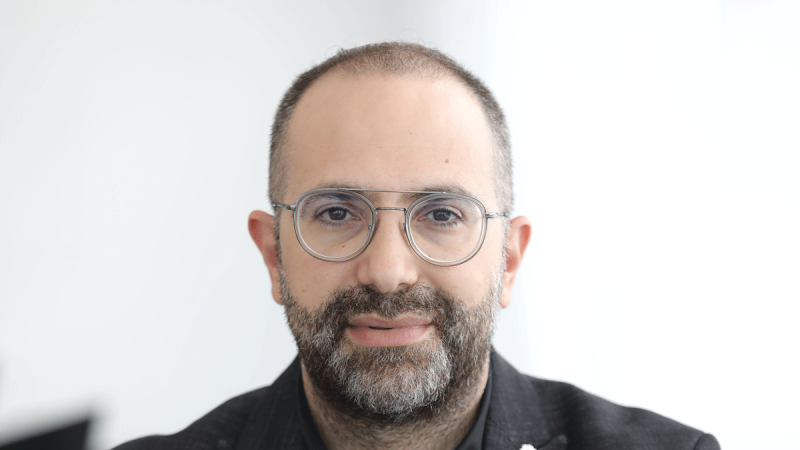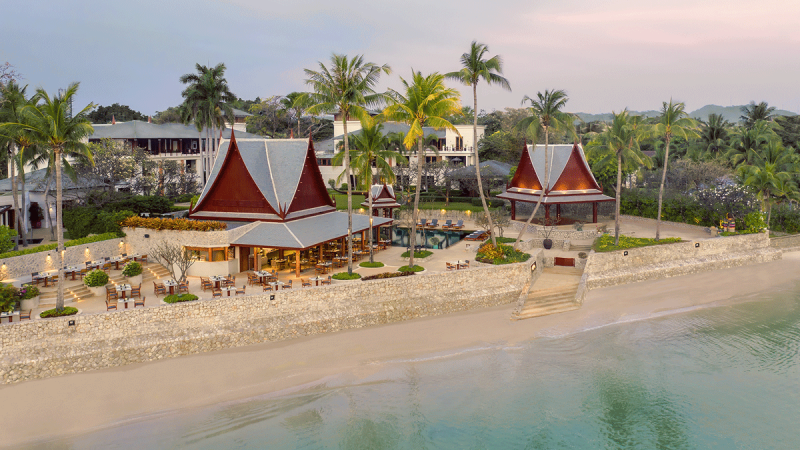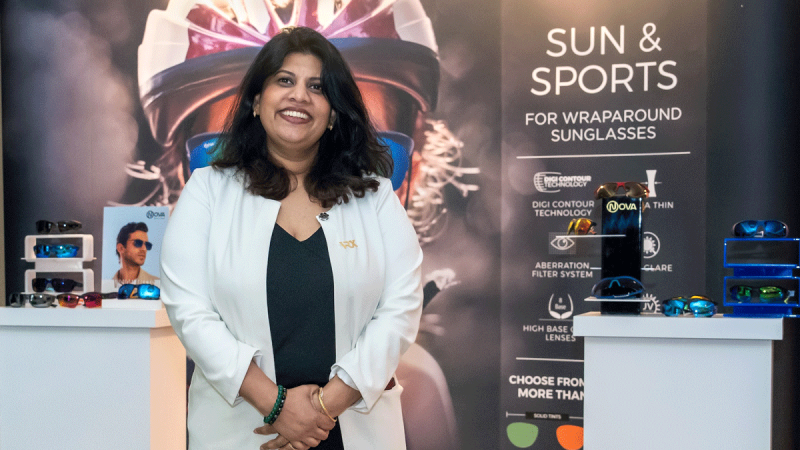Tada Group is a company that exists to address a single problem – one so ubiquitous in the healthcare sector around the world that for many it is just an accepted fact of life.
“Nobody ever says ‘We don’t know what you’re talking about,’” says Katarina Hedbeck, CEO and Co-Founder of Tada Group.
The problem is in the field of intravenous catheters, used to deliver a range of therapeutic treatments. A shocking 10% of catheters are pulled out of the vein during therapy, resulting in spillage, waste, halting treatment and wasting nurses’ time as it can take up to half an hour to reinsert.
“There are 16 billion IV lines, 1.5 billion catheters, the failure rate is 40%, and full dislodgement is 10%,” Hedbeck tells us.
Tada Group was born during the Clinical Innovation Fellowship, a scholarship program that took entrepreneurs through the Standford Design Process to identify and solve issues in the medical sector.
“I entered from a project management position with an MBA, working in Switzerland for Research and Development, intending to eventually come out with a product I had helped invent,” Hedbeck says.
Through the fellowship, Hedbeck met Rebecca Bejhed, who would become Tada Group’s COO. With a PhD in engineering sciences, alongside a raft of other academic credentials and previous start-up experience.
“She came in from the technical arena, and we were teamed up with a medical doctor and a designer to create a multidisciplinary four-person team,” Hedbeck recalls.
 Identifying the Issue
Identifying the Issue
The fellowship process meant identifying an issue and looking at it from multiple angles before eventually developing a solution that could be taken to market.
“We spent time at a paediatric oncology clinic, so close to life and death and suffering and you don’t want people to go through that,” Hedbeck explains. “The journey changed me. I started this process wanting to start a company, but now I want to have an impact and a purpose. Once we came here, we had an obligation to bring the product out.”
In developing the solution Tada Group eventually produced, it was important to stick to the structure that the fellowship laid out.
“You’re not allowed to jump into solutions from the first session, which was tough coming from an engineering background that looks at things in terms of solutions,” Bejhed admits. “We start with observations. We phrase a need statement that does not include a solution from the start – because you need to brainstorm around that need.”
Together Bejhed, Hedbeck and the team narrowed their focus down to ten need statements, moving forward with several and eventually narrowing down to the catheter issue.
“We needed to know how large the problem is, and realised it was global scale,” Bejhed recalls. “90% of overnight hospital stays get a catheter, and mechanical failures lead to that 40% failure rate, so we decided this was the need where we could make an impact. It was about safeguarding not only patients but also nurses because fluids were leaking. If it is chemo, you do not want staff exposed to that. We have been working since 2015 to fix it.”
Closing in on a Solution
Tada Group are not the first to address this issue, but Bejhed, Hedbeck and the team took a fresh approach.
“When something breaks, the standard solution is to make it stronger,” Bejhed says. “Solutions on the market include securement devices, even tying up the patients. There are lots of ideas to strongly secure the catheter to the patient.”
Tada Group decided to go in the other direction. “We did the opposite. We built it weaker, but smarter,” Bejhed says. “We developed a connector that when you pull it, it splits into two parts and a double valve system stops fluids spilling.”
The design means that rather than taking 30 minutes to reinsert the catheter, the connector can simply be cleaned and reconnected to rapidly reinstate therapy.
“You secure your catheter so you’re happy with it, but when a high force acts on it, and if that goes above a certain number of newtons, that force shouldn’t reach the vein,” Bejhed tells us. “If you break the vein, you still have to replace the catheter.”
“It’s a new way of seeing it,” Hedbeck adds.
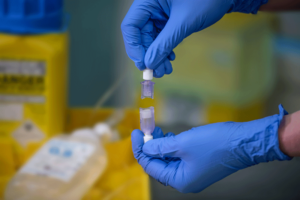 A Question of Timing
A Question of Timing
In the face of 16 billion IV lines, 23,000 tons of plastic waste, and a chronic global nursing shortage, it is a solution that has arrived at the perfect time. “A smart idea is one thing but getting it out at the right time is another,” Hedbeck says.
Both Hedbeck and Bejhed have recently been at the Medica trade fair, and it is the perfect place to take the temperature of the industry.
“We went there for the first time in 2016, and we talked to big and small companies doing connectors, explaining what we were doing, explaining the problem we were there to solve,” Bejhed says. “And we got a lot of ‘It may be interesting,’ but it wasn’t really a problem or need people had heard about.”
Nowadays the awareness of the problem is high, with the updated INS guidelines for 2024 highlighting the need for dislodgement prevention, an area Tada Group has pioneered.
“People are listening in a very different way than they did a few years back,” Hedbeck says.
As it stands, Tada Group has patents approved in multiple countries, five clinical trials finishing or starting, and a device that fits a global standard for IV equipment.
But while the timing looks good now, it has not always been that way. As this product has been in development, the world has been undergoing a pandemic and two wars. For a company looking for funding to solve a major, but perhaps unglamorous issue, it creates a difficult environment.
“Product development has been hard because it is hard to handle supply chains during a war,” Bejhed says. “Because we were a small company, we were always at the end of the queue while the big companies were demanding more material.”
“There were materials and products that you could buy off the shelf before the pandemic, which now have 14-month waiting lists,” Hedbeck adds. “So, we have taken an active approach. We will place an order early but continue to phone around. We field phone calls from customers offering their own material helping because they want us to succeed.”
Yet even here, while it might not have been the right time, Tada Group was in the right place.
“If any company can find funding in a pandemic and a war, it is a medical device company,” Bejhed points out. “We can save nursing hours, and the pandemic showed nursing hours are insanely valuable.”
Throughout all of this, Tada Group has succeeded because of the strong team it has put together. “I don’t think either of us would have managed alone,” Hedbeck says.


